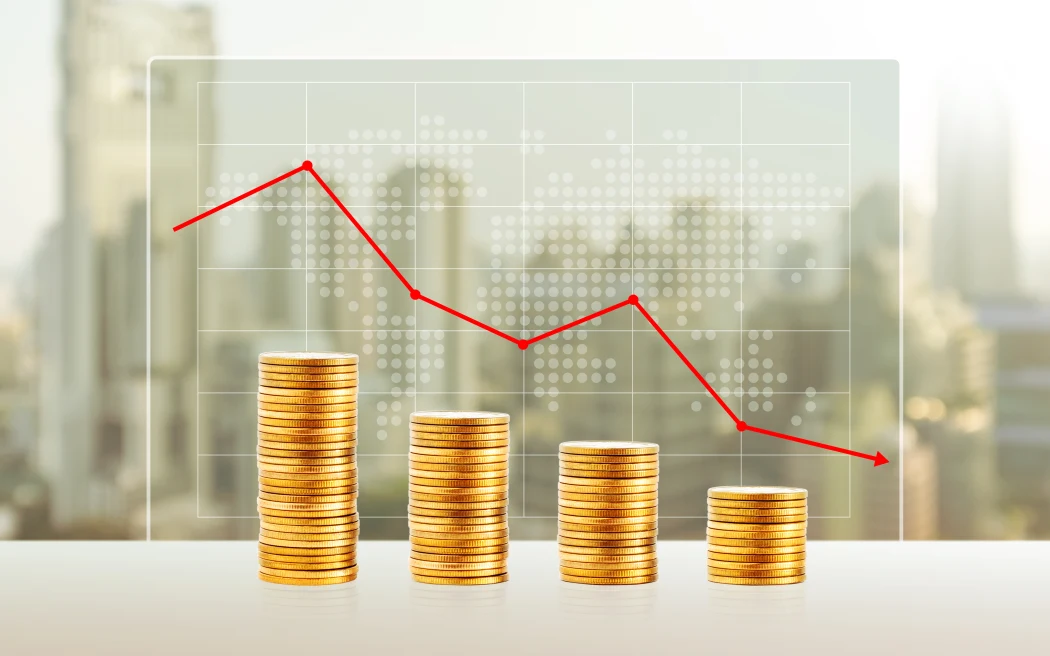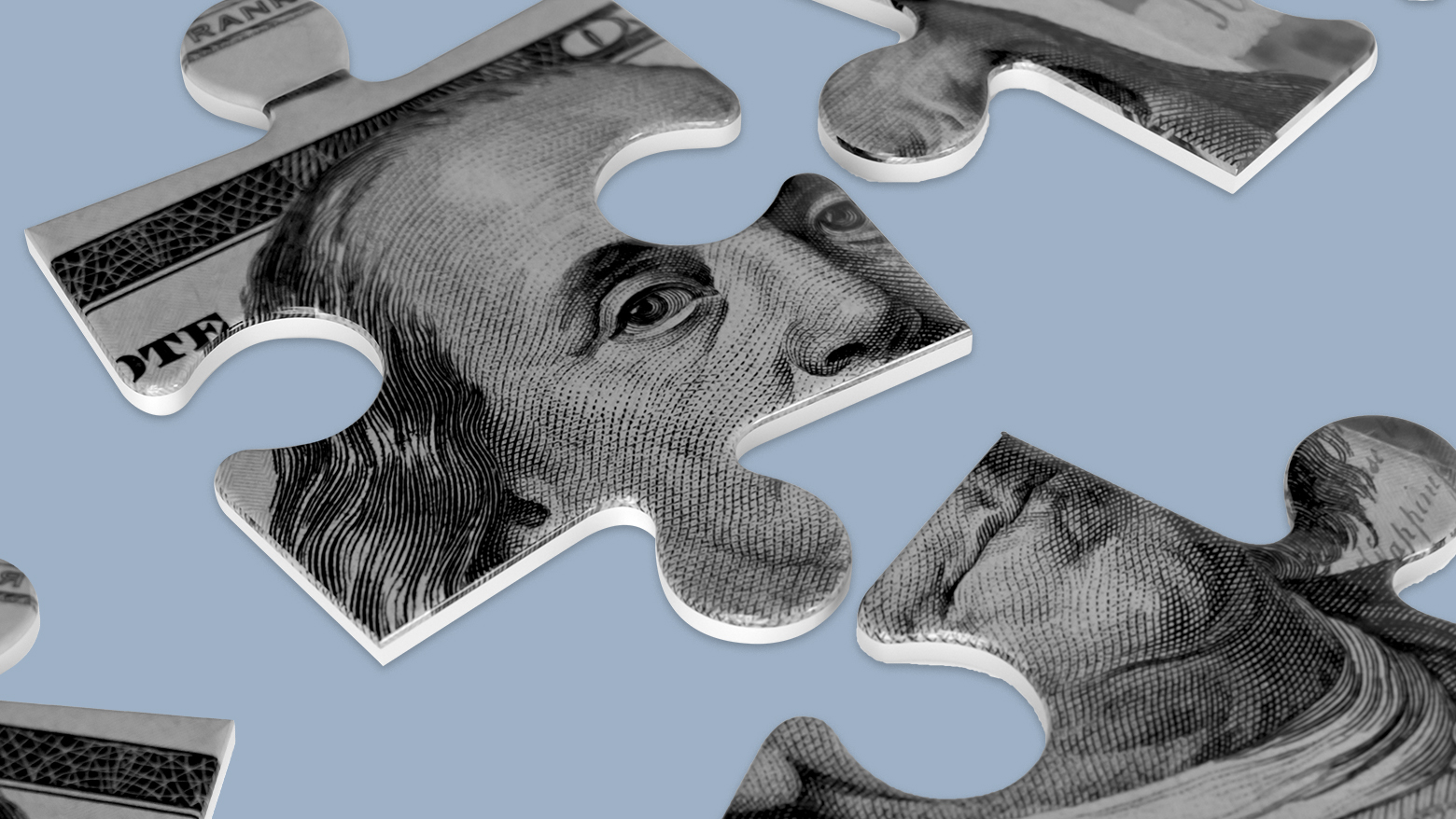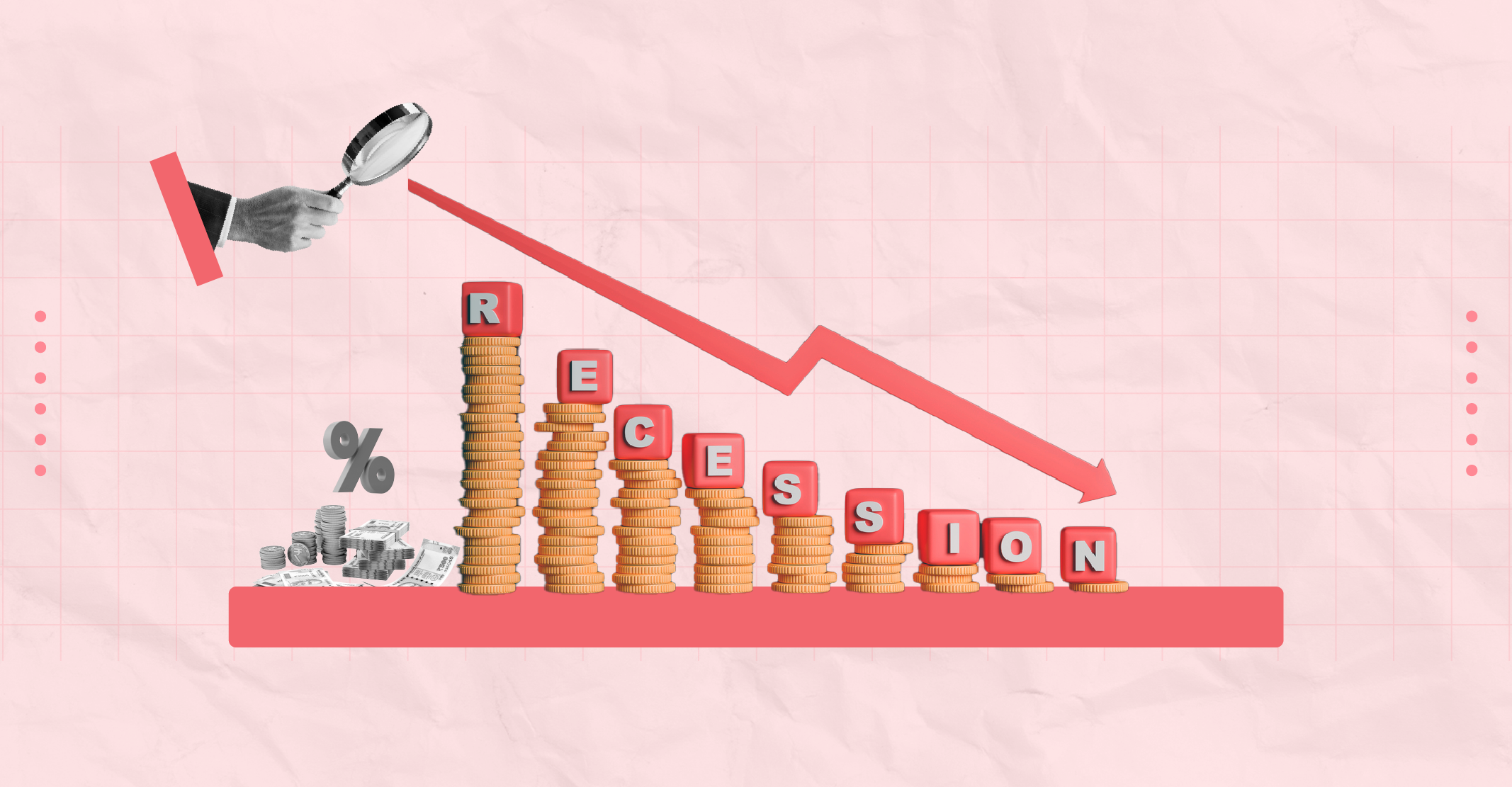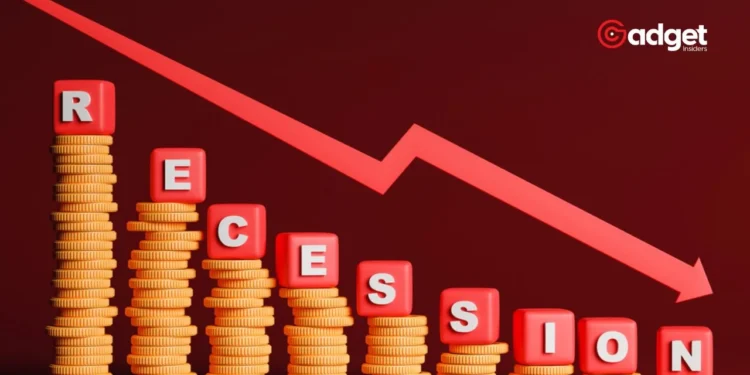The bustling activity at malls and online stores has long been a barometer for the health of the U.S. economy. Over the past two years, American consumers have carried the economy on their backs, engaging in a vigorous spending spree that defied global economic slowdowns. However, recent data suggests that this wave of consumer spending is waning, potentially signaling troubling times ahead.
In April, retail sales figures were startlingly tepid, showing almost no growth compared to the 0.4% increase economists had anticipated. This slowdown is a sharp departure from the robust consumer activity seen in the recent past and may hint at the beginning of a broader economic downturn.

“The American consumer is losing some luster. The retail sales number was sluggish with a capital ‘S,'” noted economist David Rosenberg in a recent analysis.
He pointed out that the adjustments made to earlier sales figures—revising March’s growth down to 0.6% from an initially reported 0.7%—serve as a significant caution to those perpetually optimistic about the economy.
The Struggle Against Rising Costs and Debt
As living costs soar, Americans are increasingly finding themselves pinched. A survey by financial services firm Primerica reflects this pinch vividly: 67% of middle-class respondents reported their income failing to keep pace with living expenses in the first quarter of the year.
This financial strain is leading to cutbacks on non-essential purchases and a concerning decline in savings rates.
The personal savings rate, a critical measure of financial resilience, dropped to a mere 3.2% in March, a steep fall from 5.2% just a year earlier. This reduction in savings is occurring alongside a surge in household debt, which has reached a staggering $17.6 trillion, according to the latest reports from the New York Fed.
Compounding the problem is the rising delinquency on credit obligations. Nearly 9% of credit card loans and 8% of car loans fell into delinquency in the first quarter of the year. More alarmingly, the rate of credit card loans delinquent by 90 days or more jumped to 10.6%, the highest since the aftermath of the 2008 financial crisis.

The Employment Conundrum and Consumer Confidence
The job market, another cornerstone of economic stability, is showing signs of cooling. Despite predictions, job growth has been lackluster, with only 175,000 new jobs added in April, far below expectations. This slowdown in employment growth is occurring simultaneously with a decline in consumer confidence, now at its lowest in several months.
“Americans had been so confident that they were spending a lot on their credit cards, hoping that the income gains would follow through and allow them to spend beyond their means,” commented Danielle DiMartino Booth, a leading economic forecaster.
“The household is finally saying: oh wait a minute, those income gains that I’ve been planning for, those income gains that allowed me to buy that plane ticket when I should have maybe driven with the family on spring break, I shouldn’t have spent that money.”

American Economy: Interest Rates and Recession Risks
As the Federal Reserve aims to temper inflation by maintaining higher interest rates, the long-term economic outlook grows increasingly uncertain. With the New York Fed estimating a 50% likelihood of the economy tipping into a recession by April 2025, the path forward seems fraught with challenges.
As households tighten their belts and the pillars of consumer spending and job growth show cracks, the narrative of an unshakeable American economy is being questioned. The coming months will be critical in determining whether these trends are mere bumps in the road or harbingers of a more severe economic downturn.










